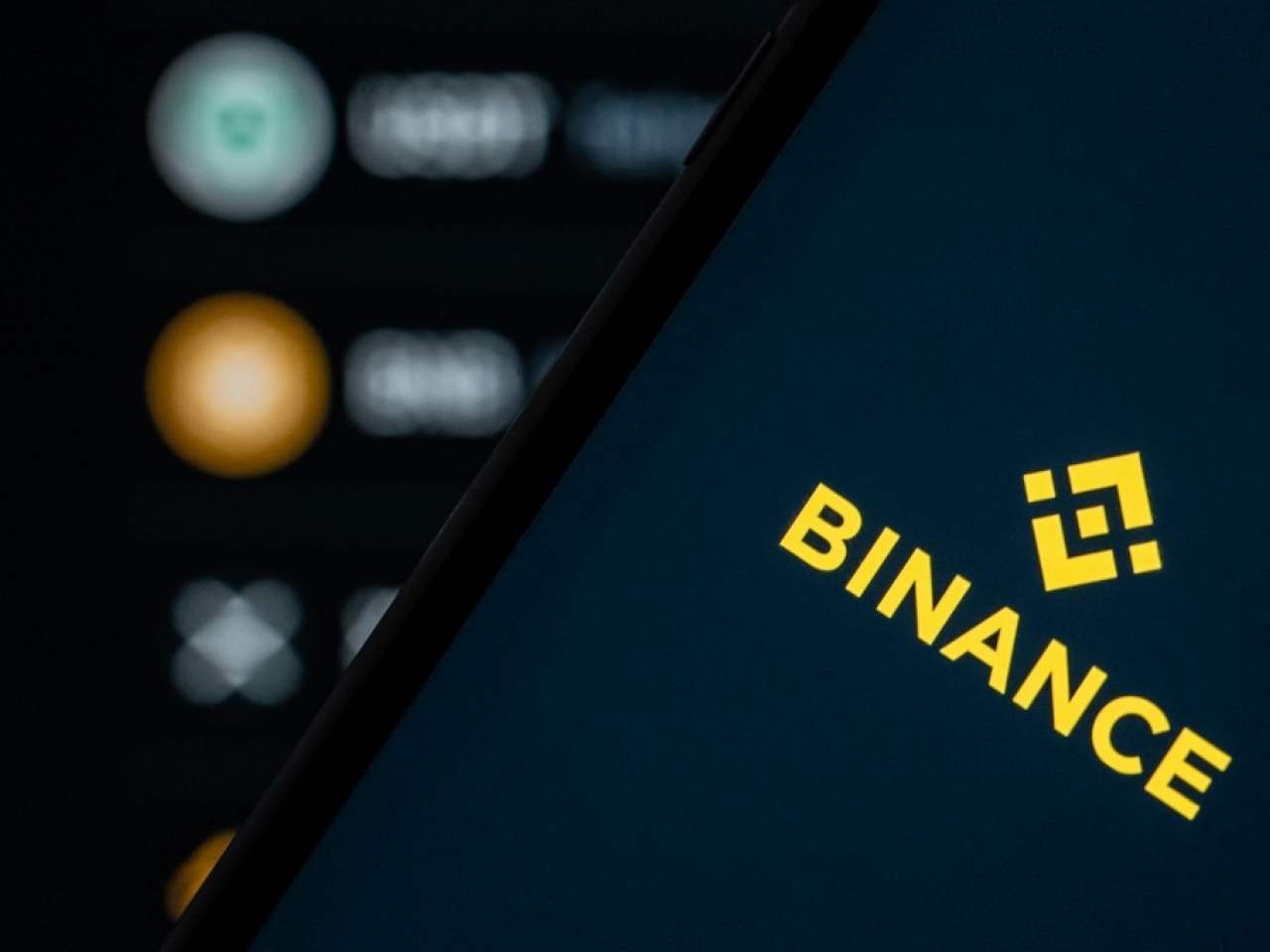Understanding DeFi Protocols Without Oracle
DeFi Protocols Explained Without OracleAmidst the rapidly developing DeFi ecosystem, a new wave of builders is challenging the status quo by reimagining lending and derivative protocols without relying on oracles. Messari researcher Chase discusses these non-oracle DeFi protocols.
Typically, DeFi protocols rely on oracles to determine liquidation triggers and contract outcomes. However, this reliance limits collateral and introduces attack vectors. Oracle-less protocols redefine the core services of DeFi. One approach is to shift pricing and underwriting burdens to users, enabling loans from collateral on any chain and opening up lending for a wider range of assets.
Another type uses AMM LP positions, such as Uniswap V3, for leverage and derivatives. By calculating liquidation and contract outcomes based on the liquidity pool, reliance on oracles is reduced. This also helps with inventory management and reduces certain forms of MEV.
- Application and Progress of ERC-6551 “NFT Binding Account”
- What are the chances of decentralized exchanges completely replacing Binance and Coinbase?
- Join if you can’t beat them? Why did Binance hastily get involved in the L2 battle?
Reference: https://twitter.com/messaricrypto/status/1670794110372917250
We will continue to update Blocking; if you have any questions or suggestions, please contact us!
Was this article helpful?
93 out of 132 found this helpful
Related articles
- BNB Chain has launched the opBNB testnet, a Layer 2 network based on the OP Stack.
- South Korean professor tracking Do Kwon’s funds: Signs of Terra’s collapse were present in early 2019
- Who are the winners in the EVM innovation wave?
- Attention drawn to Ethscriptions, an Ethereum NFT protocol that competes with Ordinals, with over 30,000 minted in just a few days since launch.
- Comprehensive Review of the Polygon zkEVM Ecosystem: Slow but Steady
- Exploring the Effectiveness of Layer2 Airdrops: A Case Study of Optimism and Arbitrum
- Cracking the interoperability trust problem: how will Web3 and cross-chain bridges ultimately evolve?






